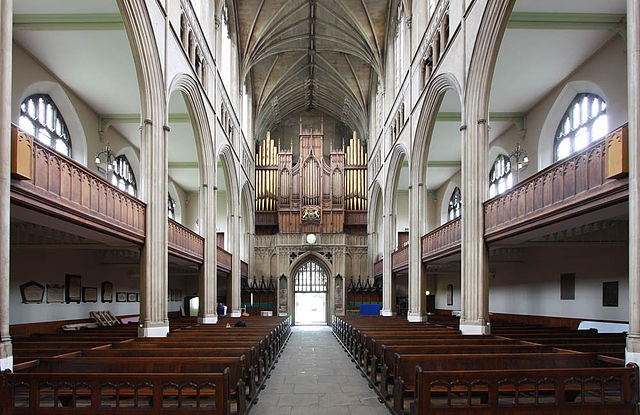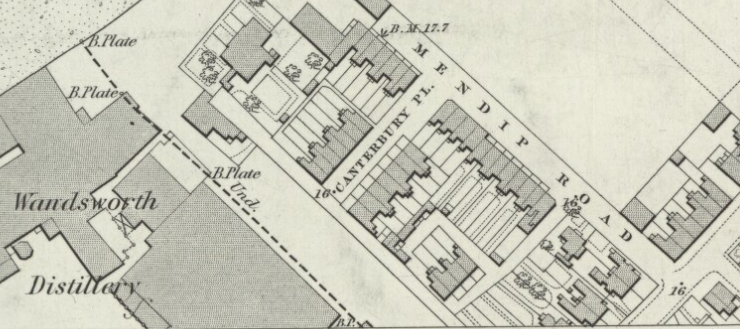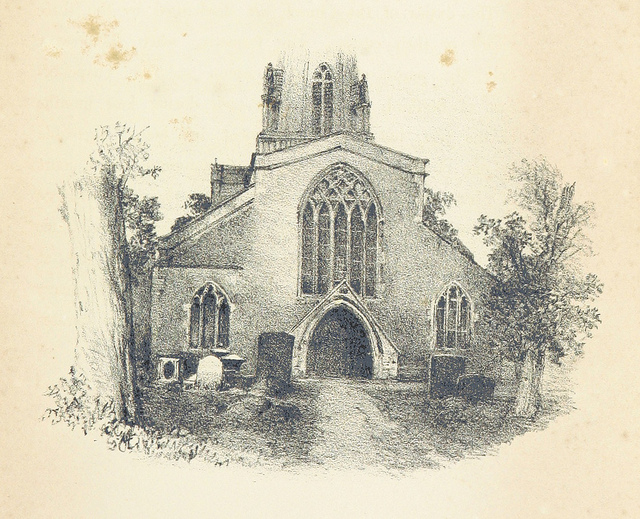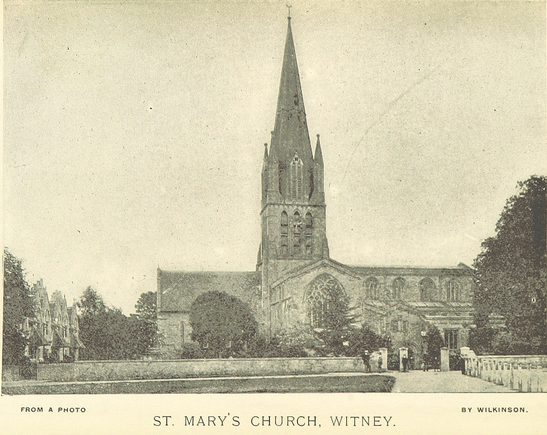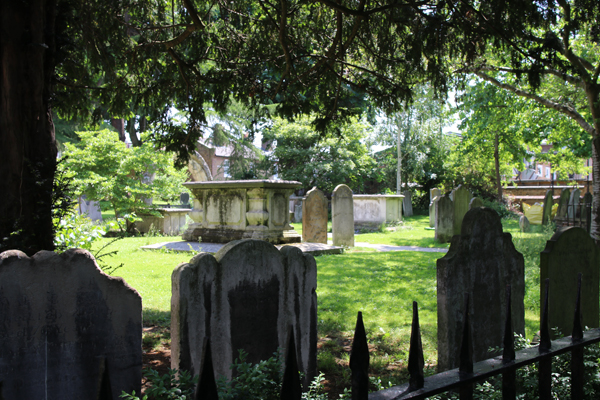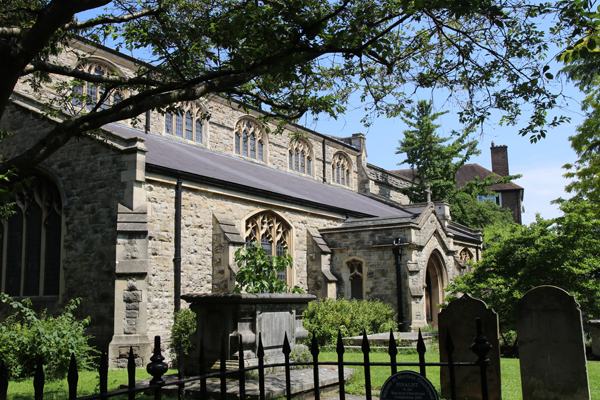James Watson, shoemaker, and Ann Copperthite of St. Luke, Chelsea
Sarah Watson was born on 1 Aug 1818 in the parish of St. Luke, Chelsea, then in the county of Middlesex. She was the first child of James Watson, a shoemaker, and Ann Copperthite. In 1842, the Watson family’s fortune took a turn for the worse. Ann Watson died of consumption at age 50 on 29 Sep 1842. James Watson died the next year from chronic bronchitis, followed by their youngest child, 6 year-old James. The other unmarried Watson children became inmates of the Workhouse.

